Staying true to Bhittai's soul
Sooraj Palijo's recent song, 'Mera Mann Preet Ka Maara' is a perfect ode to the mystic saint
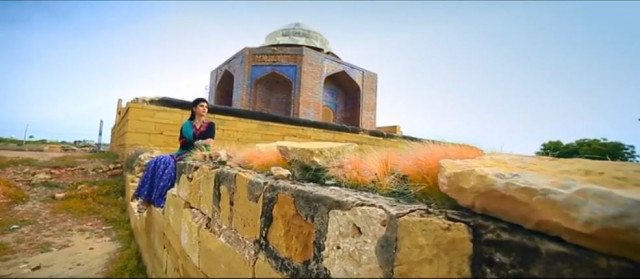
It was translated from Sindhi by the late eminent poet Shaikh Ayaz (1923–1997), but what makes this version unique is how the translation opens up new possibilities for sharing the work of Shah Latif. The translation is deeply moving and feels original, not just from a linguistic perspective but for its musical and rhythmic sensibilities.
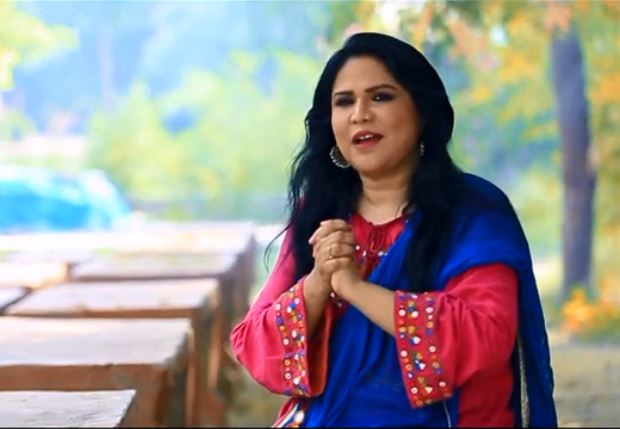
Palijo is a medical doctor, but she has been singing and performing in public from a very young age as a social activist. Her mother and other women from the family were active in the Movement of Restoration of Democracy (MRD) in 1983, the first organic women’s movement to emerge from rural Sindh and one that started the struggle for democracy all over Pakistan.
Palijo grew up in this atmosphere of social activism. She has been singing on the radio, TV, stage, and in public nearly all of her life. These experiences provided her insight and experience for the musical composition of this translation.
She always felt that “Shah Latif needed to be sung in Urdu so that his words could reach people across Pakistan and the world”. This was no small task, and it took many years for her dream to materialize.
Before composing the music for this song, she felt she needed to have more training. She began to study with Ustad Ashiq Mahdi in Islamabad, where she lives with her husband and children. A student of Ustad Mehdi Hasan Khan (1927–2012), Mahdi has family roots in Rajasthan, and this regional musicality comes through in ‘Meera maan preet ka maara’.
For six months Palijo studied classical music and the relevant surs and dhuns that could be fit to the musical and poetic mode of the song. Mahdi suggested that she keep the tonality of the song in mind to compose its dhun and dhohero in sur pahari.
Finally she mixed sur suhni, asa, and pahari to develop the rhythm, tonality, and rhyming patterns of the final composition. She wanted to experiment with different surs and dhuns, and finally, after a year of struggle, the song was recorded in a studio in Islamabad.
The video was filmed in Malki, Jamshoro and Bhitshah, with beautiful images of the shrine of Shah Abdul Latif Bhittai, the waters of river Indus and archaeological sites in the background.
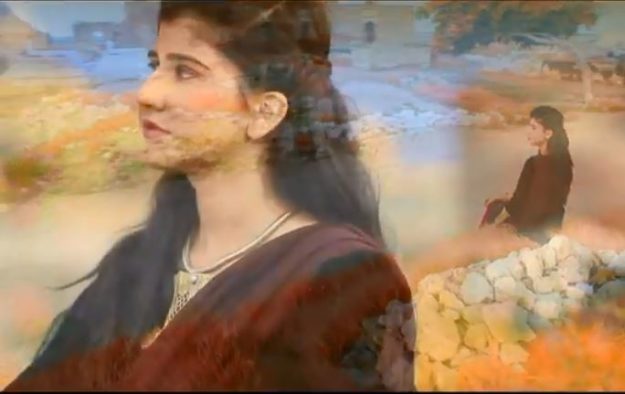
But Palijo wasn’t satisfied with the final outcome. Something was missing. After careful consideration she asked a musician from Sindh, Khadim Hussein, to compose the flute part for the opening of the song. The addition of the flute in place of a more traditional percussion element creates a haunting, wistful mood.
One feels the essence of the poem even before it’s sung. The Rajasthani tone of the song is immersed in classical raga. The refined quality of Palijo’s voice breathes life into the words, and one is lost in the echoes of the lyrics.
Translating Shah Abdul Latif Bhittai into English, Urdu, and other languages still seems difficult, if not impossible, despite enormous and continuous efforts to do so. However, what makes this song successful is the way it has been articulated in Urdu as an original composition.
The success of any translation depends on bringing this level of freshness and delicacy to the original material. Literary and music critics and Urdu writers have expressed their appreciation for Palijo’s effort. She has performed the song many times in Islamabad, and its reception has been overwhelming and beyond her expectations.
Have something to add to the story? Share it in the comments below.


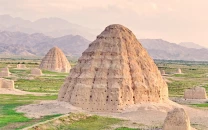

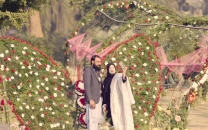
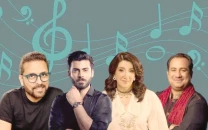













COMMENTS
Comments are moderated and generally will be posted if they are on-topic and not abusive.
For more information, please see our Comments FAQ